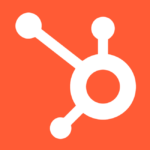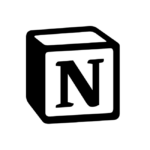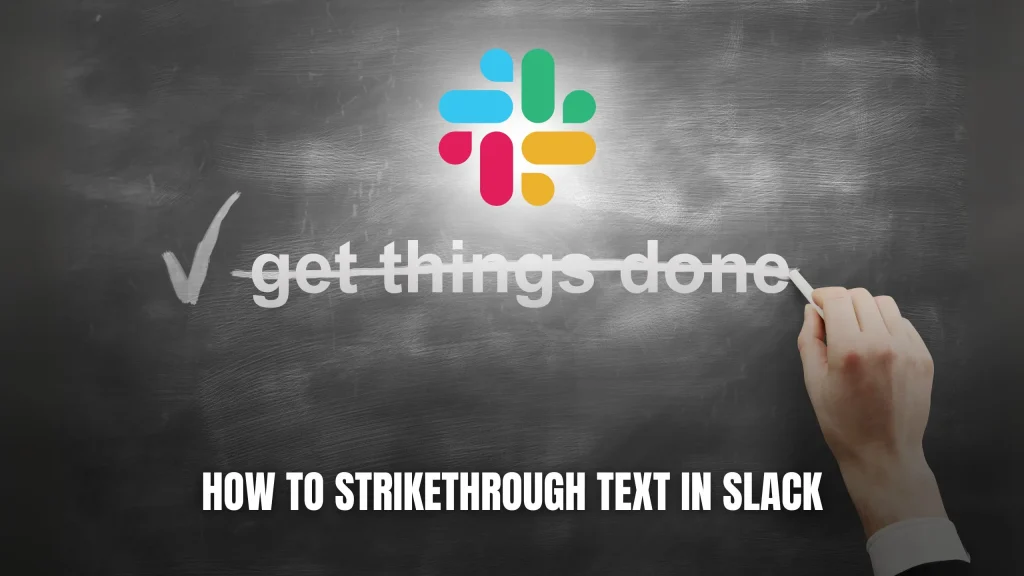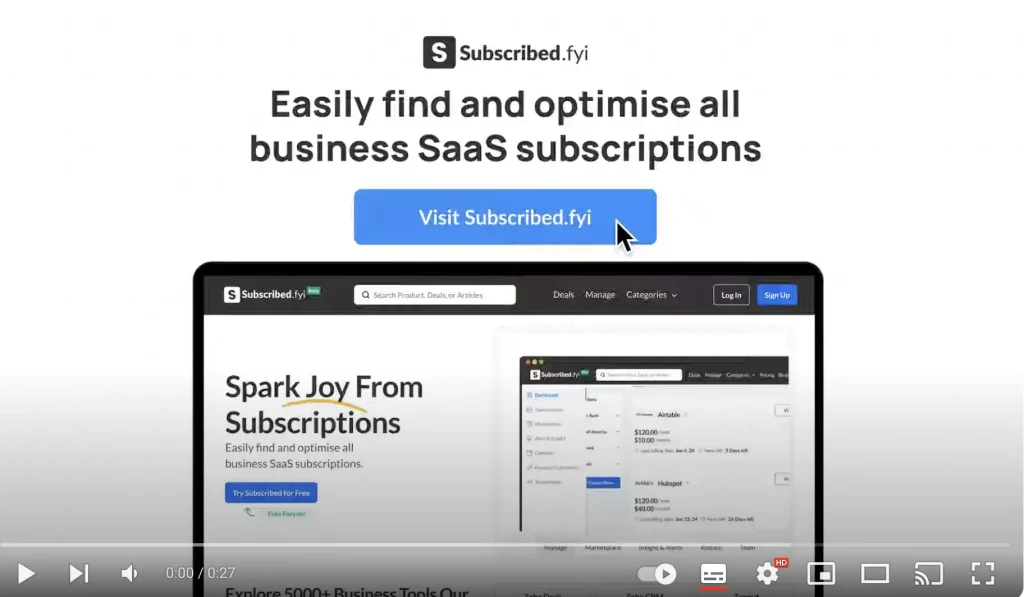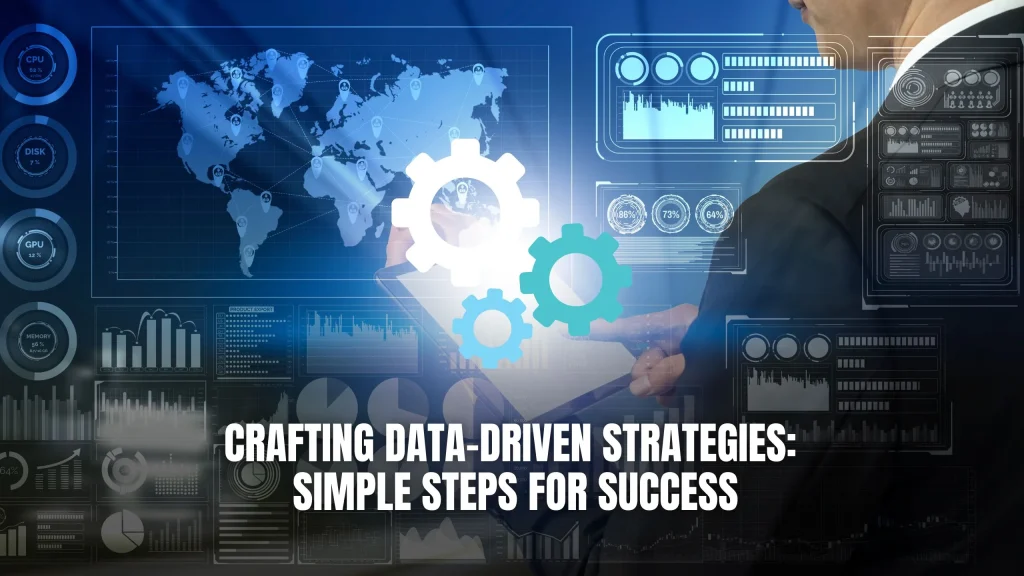SaaS for Customer Support: Enhancing User Experience
- Customer Relationship Management
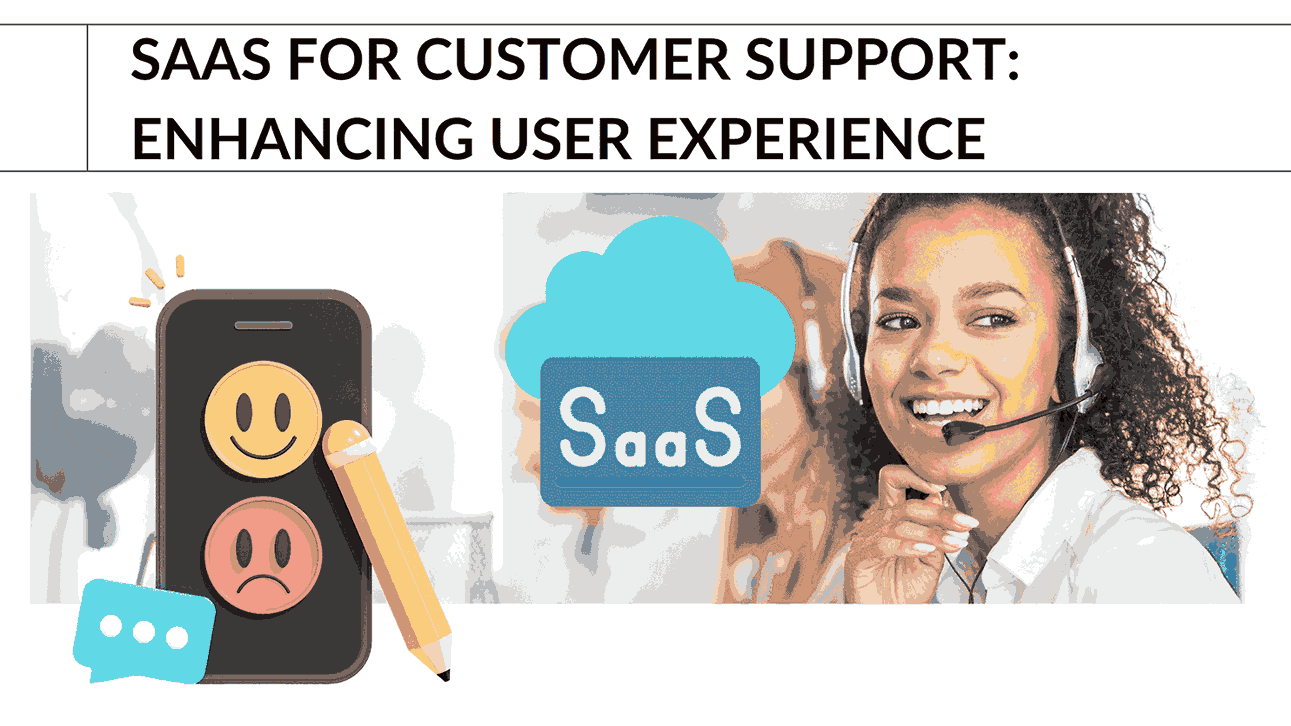
SaaS for Customer Support: Enhancing User Experience
Enhancing Customer Experience in SaaS: Your Ultimate Guide to SaaS Customer Journey
Have you ever found yourself immersed in the world of SaaS, wondering what makes certain companies stand head and shoulders above the rest? While factors like features and pricing play a role, there’s a secret ingredient that truly defines their success: delivering an unparalleled customer experience in the realm of Software as a Service (SaaS).
Did you know that a remarkable 86% of buyers are willing to pay more for a better customer experience? That’s right—this statistic alone underscores the game-changing nature of exceptional customer experience in the realm of SaaS.
So, what exactly is SaaS customer experience, and why is it the cornerstone of success for SaaS businesses? In this blog, we’ll understand its impact, and equip you with a step-by-step guide to crafting experiences that leave an indelible mark.
Let’s start, shall we?
What is SaaS Customer Experience?
Alright, let’s start with a bit of technical jargon—SaaS customer experience (CX) is the intricate dance of interactions, emotions, and perceptions that customers go through while navigating a Software as a Service (SaaS) product.
It encompasses every touchpoint, from the first interaction to ongoing support, and greatly influences customer satisfaction, loyalty, and retention.
A positive SaaS customer experience involves:
- Seamless onboarding
- Responsive support
- Personalized interactions
- Consistent value delivery, throughout the customer journey.
The Role of Customer Experience in SaaS
Why does customer experience matter for SaaS businesses?
Let’s break it down with an example. Imagine you’re a marketing manager at a bustling digital agency. You’ve just subscribed to a SaaS platform that promises to revolutionize your project management processes.
As you embark on this journey, you’re greeted with a user-friendly onboarding process—a series of step-by-step guides and interactive tutorials that lead you through the platform’s features. It’s like having a personal guide show you around a foreign city.
As you dive deeper into the platform, you notice that it adapts to your needs. It suggests features and functionalities that align with your specific projects and preferences. It’s almost as if the platform knows you better than you know yourself.
Need help? A chatbox pops up, offering assistance. Your queries are addressed promptly, and you feel supported even in the wee hours of the night. It’s akin to having a team of experts available at your beck and call.
Over time, you receive personalized recommendations that help you optimize your workflow and get the most out of the platform. It’s like having a mentor who guides you toward success.
And that’s the magic of SaaS CX—creating an experience that’s not just transactional, but transformative. It’s about understanding the user’s journey, speaking their language, and providing value at every turn.
10 Steps to Create Exceptional SaaS Customer Experience
#1 Understand Your Audience
Persona Profiling: Start by creating detailed buyer personas. These are like character sketches that help you understand your customers’ pain points, preferences, and aspirations.
Surveys and Feedback: Leverage tools like SurveySparrow to gather insights directly from your audience. Ask them about their challenges, goals, and expectations.
Segmentation: Divide your customer base into segments based on common characteristics. This enables you to tailor your communication and offerings more effectively.
#2 Seamless Onboarding
Guided Tours: Provide new users with guided tours of your SaaS platform. This helps them become familiar with the features and functionalities quickly.
Interactive Tutorials: Offer interactive tutorials that let users practice using the platform in a controlled environment.
Progress Tracking: Show users their progress during onboarding, highlighting their achievements and motivating them to continue.
#3 Personalization is Key
Dynamic Content: Use data-driven insights to deliver content that’s relevant to each user’s needs. This might include personalized recommendations and content suggestions.
Behavioral Triggers: Implement triggers that respond to user behavior. For instance, if a user frequently uses a specific feature, you could offer advanced tips related to that feature.
Tailored Communication: Send personalized emails that address users by their name and offer solutions based on their usage patterns.
#4 Proactive Support
Chatbots: Integrate AI-powered chatbots that offer instant solutions to common queries. This ensures users don’t have to wait for support, even outside office hours.
Self-Service Resources: Create a knowledge base or a self-service portal that users can access to find answers to common questions.
Predictive Analysis: Use data analytics to predict potential issues and reach out to users before they encounter problems.
#5 Continuous Education
Webinars and Workshops: Host regular webinars and workshops that educate users on advanced features and best practices.
Video Tutorials: Create a library of short video tutorials that users can access whenever they need help.
Certification Programs: Offer certification programs that recognize users’ expertise in using your platform.
#6 Feedback Loop
In-App Surveys: Integrate in-app surveys to gather feedback right after users perform specific actions. This captures their sentiments while the experience is still fresh.
Net Promoter Score (NPS): Send out NPS surveys to gauge overall customer satisfaction and identify promoters, passives, and detractors.
Feature Requests: Create a dedicated channel for users to submit feature requests. Let them know their input is valued and considered.
#7 Data Security and Privacy
Transparency: Clearly communicate your data security measures and privacy policies during onboarding. Make users feel confident about entrusting you with their data.
Compliance Standards: Highlight any industry-specific compliance standards you adhere to. This assures users that their data is handled responsibly.
#8 Scalability and Flexibility
Tiered Plans: Offer different pricing tiers that cater to varying levels of usage. This accommodates both startups and established enterprises.
Customization Options: Allow users to customize their experience by choosing the features they need. This prevents them from paying for functions they don’t use.
Resource Scaling: Ensure that your platform can handle increased usage as users’ needs grow. A seamless transition from one tier to another is essential.
#9 Community Engagement
User Forums: Create online user forums where users can connect with peers, ask questions, and share best practices.
User Groups: Organize virtual or in-person user groups where users can network and learn from each other.
Feedback Communities: Involve users in the decision-making process by seeking their input on upcoming features and improvements.
#10 Measure and Iterate
Usage Analytics: Track how users engage with your platform. Identify features that are popular and areas that need improvement.
Churn Analysis: Analyze customer churn to pinpoint the reasons behind users leaving. Use this insight to refine your CX strategy.
A/B Testing: Experiment with different approaches to see what resonates best with users. Test variations in onboarding, communication, and support.
Conclusion
That’s it. We’ve covered all the major steps you need to embrace in order to deliver exceptional customer experiences in the SaaS industry. Remember, it’s not just about the product—it’s about the journey you create, the support you offer, and the value you consistently deliver. With the insights, tools, and strategies at your disposal, you’re poised to navigate the dynamic landscape of SAAS CX with finesse.
Before you leave, why don’t you give SurveySparrow a try? It’s totally free to try!
